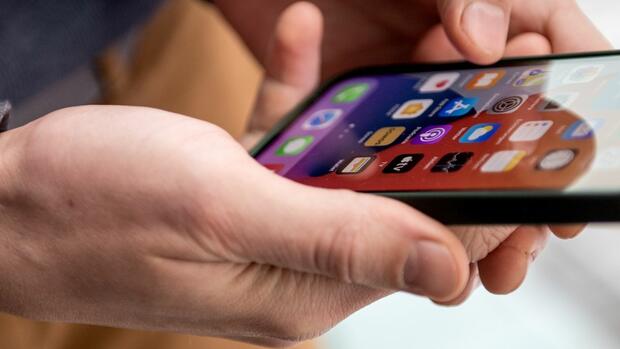Because the “e” in eSIM stands for “embedded”, i.e. “integrated”. And that’s exactly what it means: Unlike standard mini, micro or nano SIM cards, the eSIM is permanently installed in the smartphone – and according to Stiftung Warentest, it is on the rise.
The eSIM is activated online
The mobile service providers now have them in their portfolio not only for contract customers, but increasingly also for prepaid customers. However, anyone who wants to use them needs an eSIM-enabled device. Newer smartphone models from popular manufacturers are usually this.
By the way, nothing changes when talking on the phone or surfing with eSIM. Once activated, the chip contains the same data as a conventional SIM card. But the handling is easier, according to the Stiftung Warentest. The SIM is activated digitally and the data is also downloaded via the Internet.
No SIM card change required
The eSIM can then also be overwritten with new contract data at any time. This becomes interesting, for example, with a change of mobile operator.
In the event of the loss of the smartphone, it is also no longer necessary to wait for a new SIM card for the replacement device. Anyone who purchases a new mobile device can simply upload their SIM data online to the eSIM. The sending of SIM cards by post is no longer necessary.
By the way: If you do not want to switch to the cardless eSIM immediately despite a suitable smartphone, you can usually also use conventional SIM cards for plugging in here.









